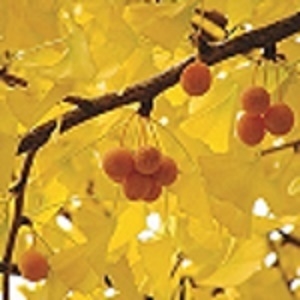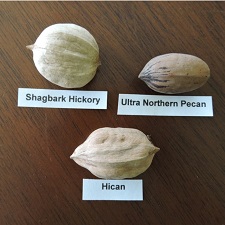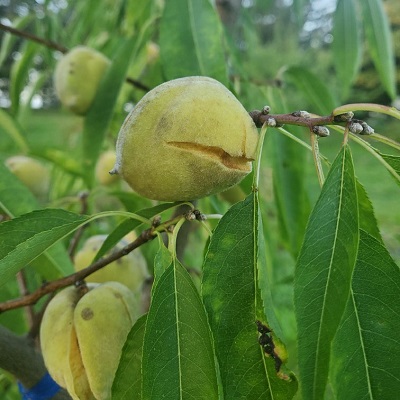GINGKO 120-180cm (4-6') On Own Root
$56.95
Also called Maidenhair tree. This unique, ancient tree is known for its extreme longevity, exceptional resistance to disease and/or pollution as well as various uses in both traditional and modern medicine. A 200 year old Gingko situated only 1 mile from the epicenter of the atomic bomb dropped on Hiroshima, Japan, survived and continued producing nuts! In some Oriental countries the Gingko was regarded as a sacred tree with many planted close to temples. The small nuts or kernels are esteemed as a delicacy in China and along with extracts from the leaves play a prominent role in Chinese folk medicine. More recent European studies have substantiated Chinese claims and now Gingko leaf extracts have established a reputation as a brain tonic. Among other beneficial effects, it improves short-term memory, alertness and drive. Tree plantations have been set up in numerous countries to yield leaves for the pharmaceutical industry. The distinctive, fan shaped foliage is unlike any other leaf in the world, making the tree easy to identify. In the fall they turn to a gorgeous, golden yellow. Gingkos are widely adaptable, but slow growers, taking 30 years or more to reach 10m (35'). Flowering may not occur until trees are 25-35 years old, hence there is a long wait for nuts! In order to bear fruit, both male and female trees are needed. These are unsexed seedlings.
Plant 2 or more to increase the chance of fruiting.
PLANT SEVERAL | ZONE 4/5 | HARVEST: OCT.





